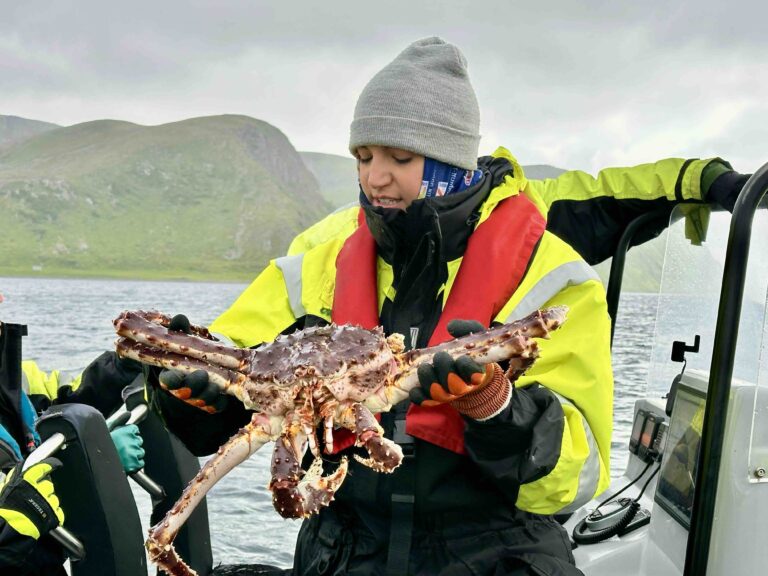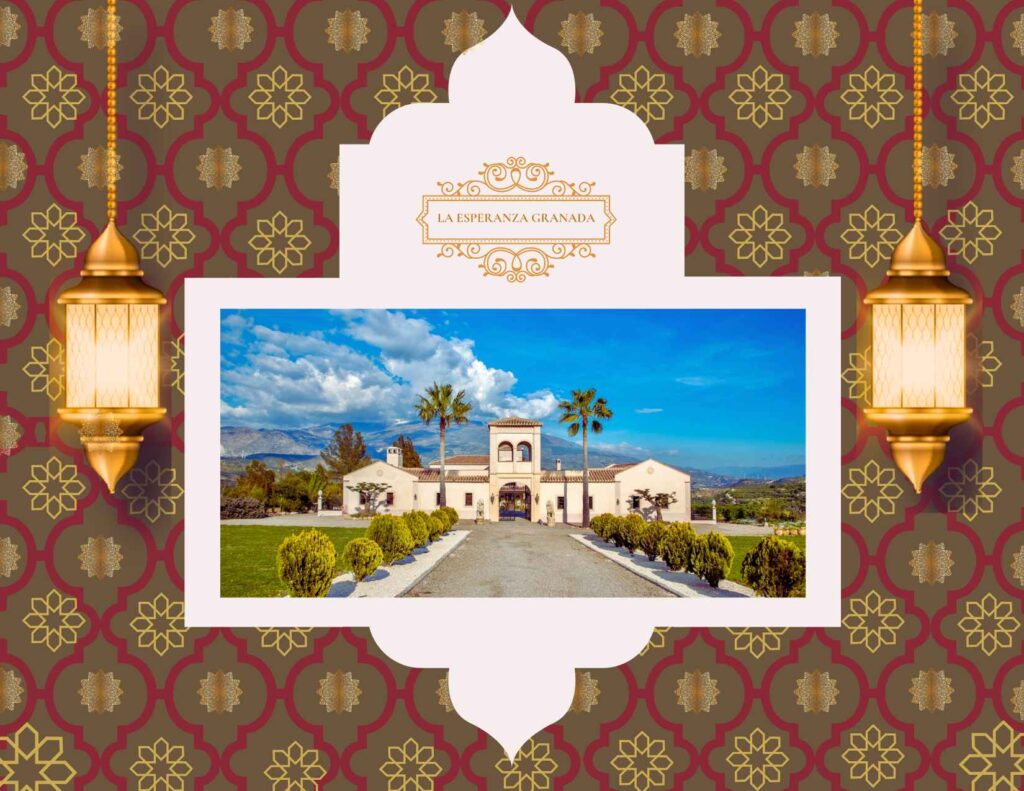
Arrival in the North Cape of Norway
When I arrived in the North Cape of Norway, the weather looked bleak. The forecast promised rough seas, gray skies, and rain. And indeed, that’s what I found at the harbor.
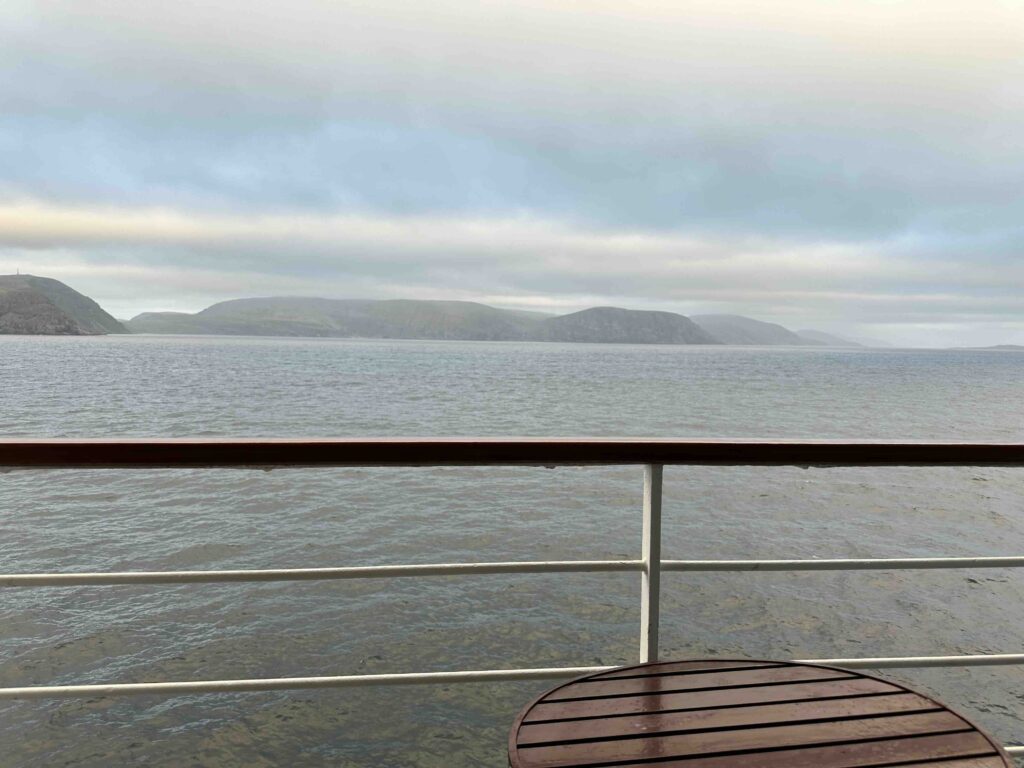
But then everything changed. As soon as I stepped into the rubber boat, the clouds parted. The waves calmed. The sea suddenly felt welcoming. It was as if the north had opened its arms to us.
The driver sped us away from the cruise ship. Spray hit my face, cold and sharp. Fjords loomed on the horizon, carved and endless. I asked him if he ever grew tired of the sea. He laughed. “The sea is our life,” he said. “Boats here are like cars. We use them for everything.”
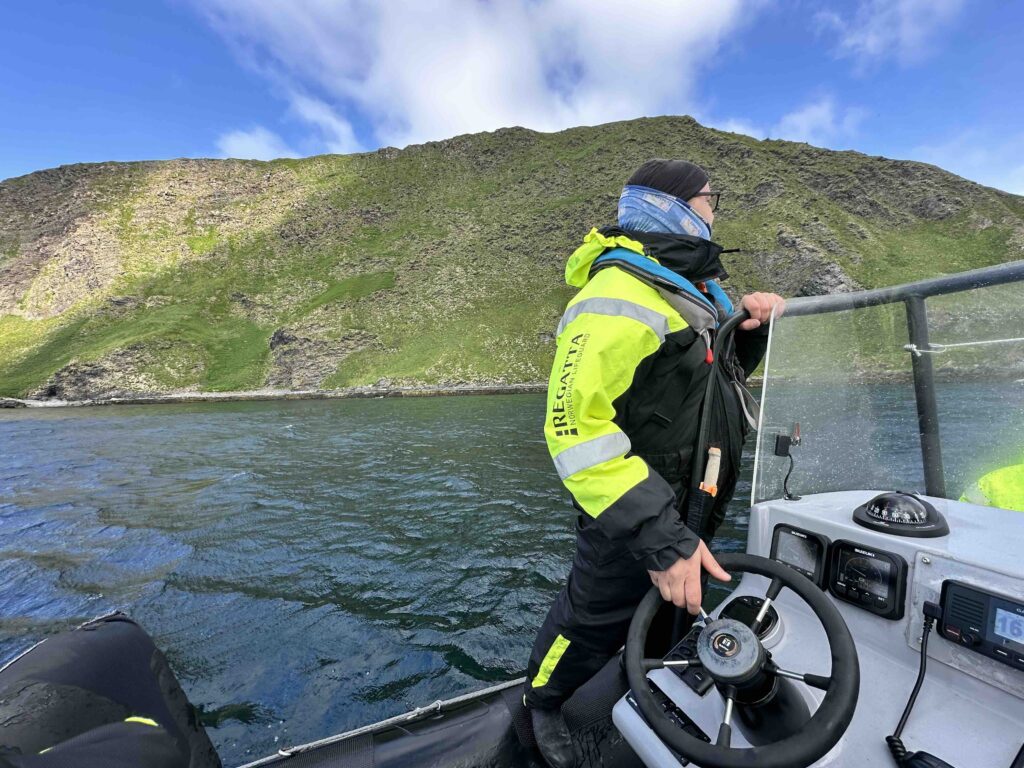
I asked about crabs. He shook his head. “King Crab is for special occasions, not every day. We eat salmon, in all forms — grilled, smoked, in soup. And shrimps. Shrimps on buttered toast are my favorite.”
King Crab Safari on the Barents Sea
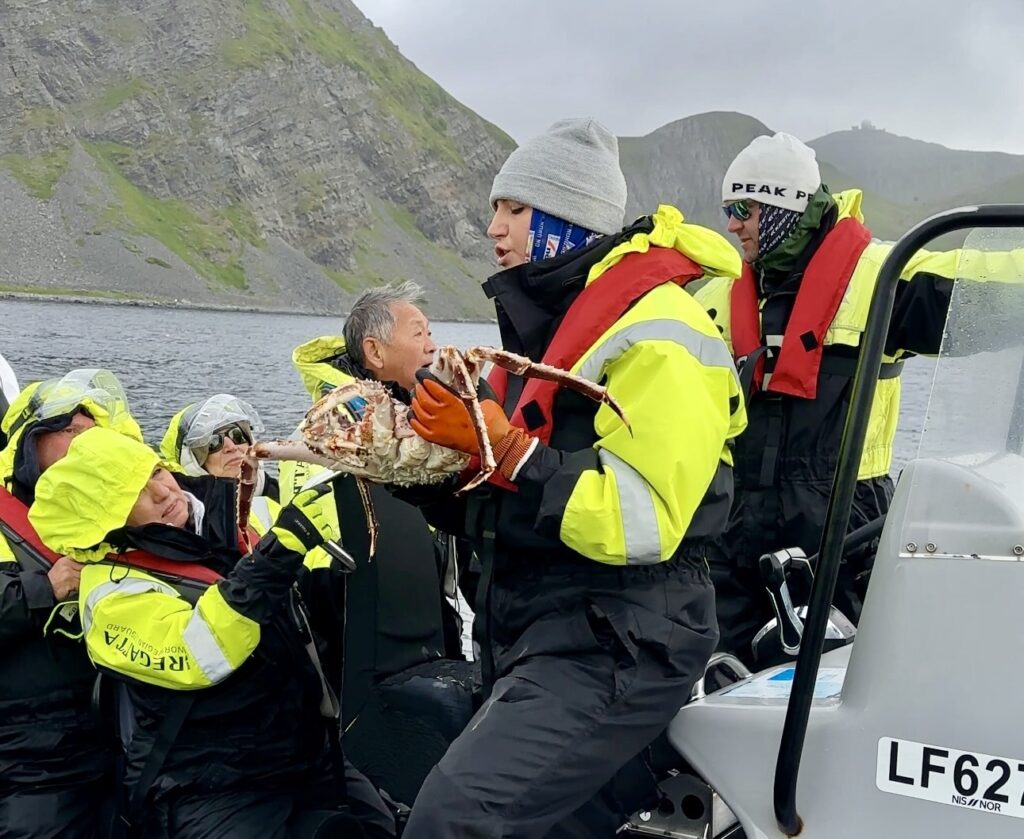
We reached the spot where the guides had dropped cages the day before. Heavy ropes disappeared into the dark Barents Sea. One by one, the cages rose from the deep.
Inside were giants — Norwegian King Crabs, clattering against the wood. Their legs glistened red-brown in the northern light. Some weighed close to ten kilos. Seeing them break the surface was thrilling, raw, unforgettable.
The guides hauled the catch aboard, steady and strong. The boat rocked gently, and everyone leaned forward, cameras ready. The sea smelled of salt and iron. The crabs looked like creatures pulled straight from myth.
La Esperanza Granada in Spain — A hidden gem of a hacienda for luxury travelers seeking authenticity
(Some places feel visited. This one feels lived-in.)
Fresh Norwegian King Crab on Magoroya Island for Lunch
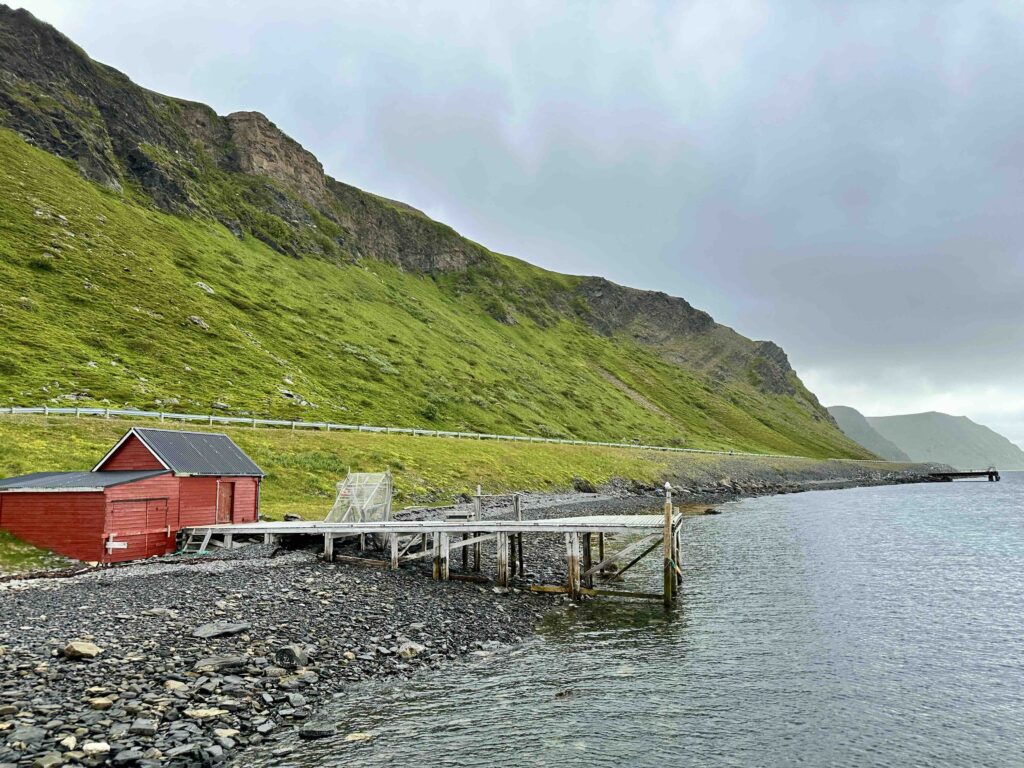
We landed on a small island. A wooden log house stood by the shore, warm and inviting. Inside, the air was alive with the sound of pots boiling and people laughing.
The crabs were cooked simply — lightly boiled to keep the flesh sweet and tender. There were no sauces, only lemon wedges and slices of fresh bread. Finally, the servers carried in steaming bowls. Two bowls per table, plates of bread and lemon in the middle.
We cracked shells, squeezed lemon, and tasted the north. The crab was juicy, rich, and brimming with flavor. Each bite was pure Arctic.
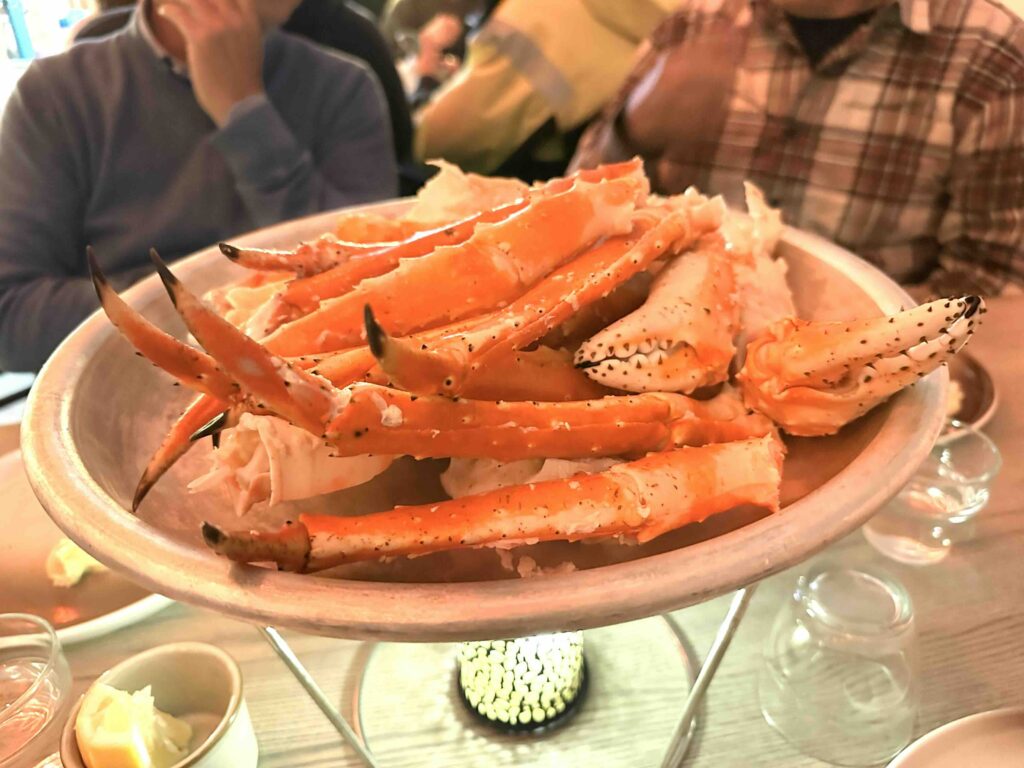
What’s So Great About Norwegian King Crabs?
Norwegian King Crabs are among the largest crabs in the world. Some weigh up to ten kilos, with legs that stretch longer than a person’s arm. They live in the cold, clear waters of the Arctic, which makes the meat especially sweet and firm. The flavor is rich but delicate. The texture is tender, yet full of substance.
Unlike many crabs, King Crab is served in large pieces, so every bite feels generous. In Norway, people enjoy King Crab in simple, traditional ways. The most common is to boil the legs and serve them with lemon, bread, and butter.
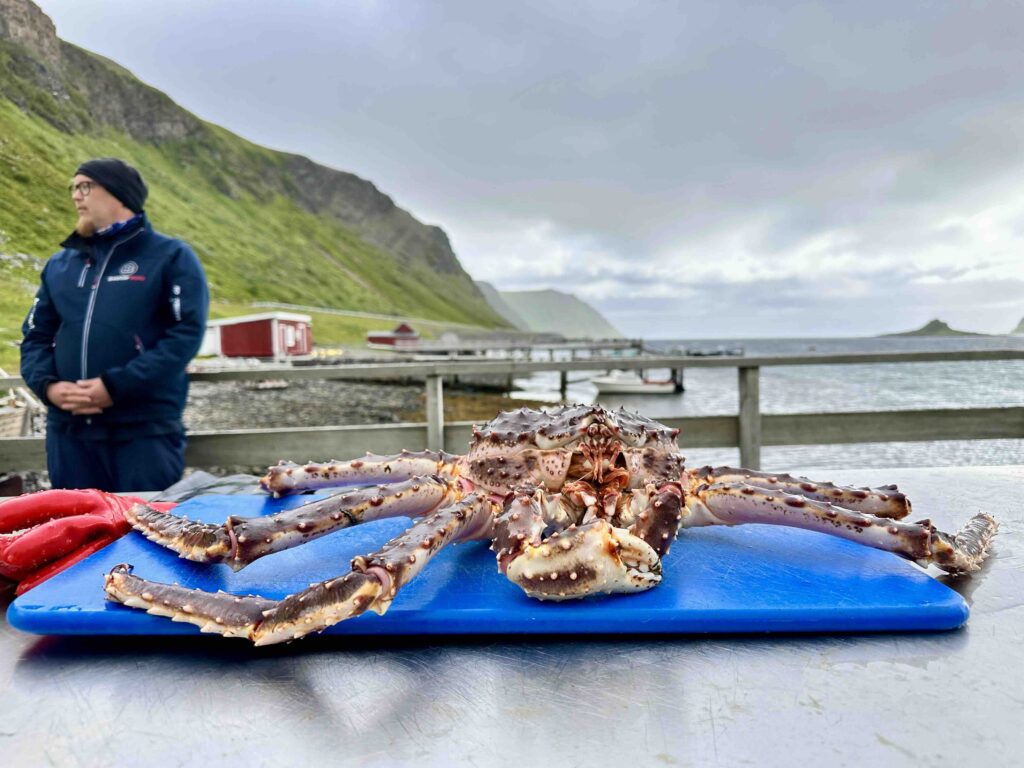
Sometimes they grill the legs, adding only sea salt to highlight the natural flavor. In restaurants, King Crab also appears in soups, pastas, or even sushi, but Norwegians agree that the purest taste comes from eating it freshly boiled.
Because of its price, King Crab is considered a delicacy, reserved for special occasions. For visitors, tasting fresh King Crab in its natural home is an unforgettable experience.
Returning from the North Cape Safari
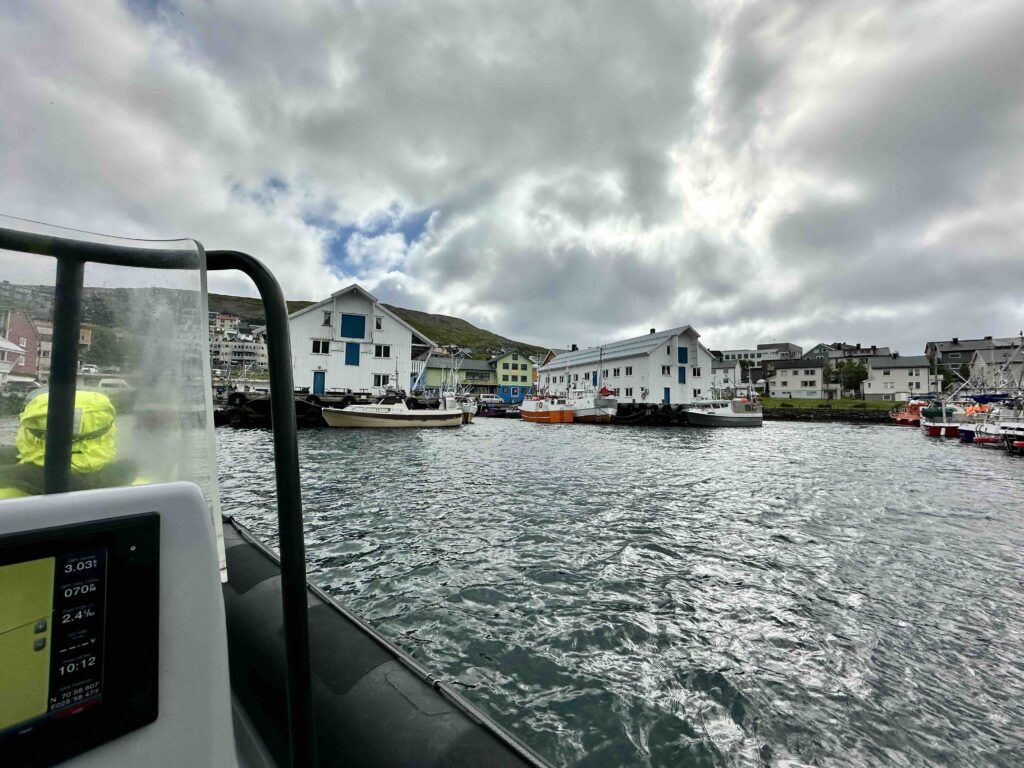
Full and happy, we boarded the rubber boat once again. The clouds returned, heavy and gray. As we sped toward the cruise ship, the driver turned and pointed. A waterfall spilled down the cliffs, framed by the sky.
“Wow, the weather is really cooperating with us,” I said. He smiled. “Not always. You’re lucky.”
“Really?” I laughed. “It’s all so beautiful I’m thinking of moving here.”
He chuckled. “Norway is a great place to live. Just don’t expect too much sun.”
READ ABOUT THE MOST EXCLUSIVE RESTAURANT IN JAPAN IN TRAVELIFE MAGAZINE


